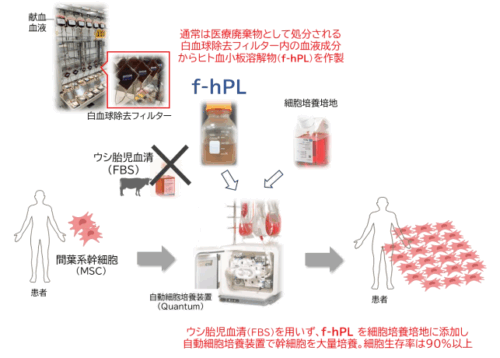2025-05-26 北海道大学

「*」は有意差あり(p < 0.05)を示す。
PWS:統合失調症者、HC:比較対象群統合失調症者は、”平均速度”および”一回あたりの運転における最高速度”が比較対象群よりも遅く、”スピード違反”や”不注意運転”の頻度も有意に少ない傾向がみられた。
<関連情報>
- https://www.hokudai.ac.jp/news/2025/05/post-1886.html
- https://www.hokudai.ac.jp/news/pdf/250526_pr2.pdf
- https://www.nature.com/articles/s41537-025-00613-1
統合失調症者における実世界での運転行動の特徴:ドライブレコーダーを用いた自然派主義的研究 Characteristics of real-world driving behavior in people with schizophrenia: a naturalistic study utilizing drive recorders
Hiroki Okada,Saki Komagata,Mayu Takagi,Yuichi Kamata,Junichi Matsumoto,Takaya Maeyama,Yukiko Takashio & Masaki Matoba
Schizophrenia Published:18 April 2025
DOI:https://doi.org/10.1038/s41537-025-00613-1
Abstract
Research on driving among people with schizophrenia (PWS) is limited to laboratory-based studies. The present study aimed to compare PWS with healthy controls (HC) in real-world driving behaviors using 500 km of driving data collected through dashcams. Neuropsychological tests were conducted to evaluate both PWS and HC. After the evaluation, we compared traffic violations with dangerous driving behaviors, such as sudden braking and abrupt steering. PWS were treated with antipsychotics and antiparkinsonians and were evaluated using the Positive and Negative Syndrome Scale (PANSS) and the Drug-Induced Extrapyramidal Symptoms Scale. Statistical analysis included factor analysis, which was employed to evaluate the classification of violations and driving behaviors; correlation coefficients were employed to evaluate actual driving behavior. The results indicated that the mean driving speed was significantly lower, instances of speeding were absent, and the frequency of inhibition-related driving violations, such as smartphone use while driving, was lower. Violations related to inattention were associated with sustained attention and the useful field of view (UFOV). These findings suggest that PWS are less likely to engage in reckless driving compared to HC. Furthermore, considering that driving violations among PWS may be attributed to cognitive errors, the results highlight the importance of assessing and addressing cognitive functions in driver assistance systems to promote safer driving. One limitation of the study was that the severity of psychopathology among the participants was relatively low, which may have contributed to the PANSS, its subscales, and factors being less predictive of traffic violations.


